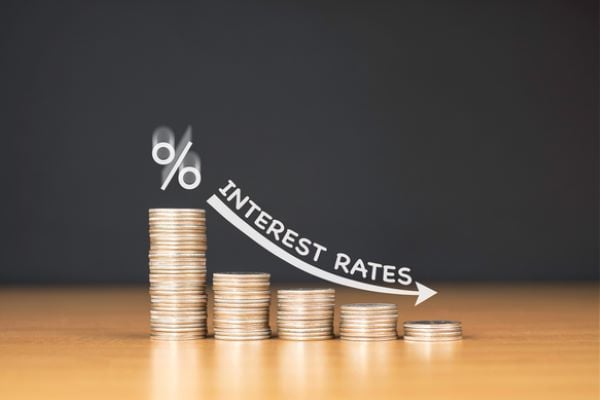RBA signals forecast is key as markets bet on a rate cut
- August 6, 2025
- Posted by: admin
- Categories:
‘The data is definitely in,’ says mortgage broker

Markets are laser-focused on the Reserve Bank of Australia (RBA) ahead of its upcoming meeting on monetary policy. RBA deputy governor Andrew Hauser pointed to the central bank’s forecasts as the key signal for future moves. But market players and mortgage brokers are already pricing in a rate cut.
“I would gently and humbly encourage people to pay a bit more attention to that forecast, and perhaps some people do,” Hauser said in a fireside chat during the Barrenjoey Economic Forum in Sydney. “Go and look at our forecasts. Because our forecasts and what we try to do is take account of all of the available information and say, look, what is the outlook for inflation, unemployment and growth and so forth, conditioned on a particular path for interest rates.
“And our forecast in May – we’re obviously working on a new one now – was that, with interest rates following a, sort of, fairly gradual and gentle path down to about 3.2 [%] at the end of our forecast period, inflation will come back to target.”
Inflation, meanwhile, continues its downward trend. The June quarter consumer price index (CPI) showed both headline CPI and trimmed mean inflation easing. Annual CPI dropped to 2.1%, down from 2.4% the previous quarter, while trimmed mean inflation fell to 2.7%, down from 2.9%.
Economists were quick to highlight that the figures fall comfortably within the RBA’s 2% to 3% target range – a signal, they say, that a rate cut at the central bank’s next meeting is increasingly likely.
The RBA surprised markets in July when it decided to hold the official cash rate (OCR) at 3.85%.
In her remarks following the decision, RBA governor Michele Bullock explained that the board had opted for a cautious, wait-and-see stance, emphasizing the need to review the June quarter CPI before making any further policy moves.
Still, Bullock left little doubt that rate cuts are on the horizon. Additional rate cuts are not a matter of if, but when. That “when,” Bullock clarified, hinges on inflation remaining sustainably within the RBA’s 2% to 3% target band.
But many brokers are already betting on interest rate reductions at the central bank’s upcoming meeting.
“It’s always been about getting that data, because the RBA wanted to see that sustained inflation coming down to meet the target range,” Cara Julian, founder and mortgage broker at Melbourne-based Brava Finance, told Australian Broker. “The top-line inflation was coming down, but it was just the underlying trimmed inflation that was taking time [to come down.] But the data is definitely in. And the need to boost the economy and come to that decision is also important. So I would be particularly surprised if there was not a rate cut.
“It was such a surprise in the last meeting that there wasn’t a cut,” Julian said. “But with the trimmed and underlying inflation dropping further down into that target range, I think that the RBA definitely needs to be looking now at doing things to help boost the economy.”
Other factors at play
Another key gauge of monetary policy sentiment – Australia’s unemployment rate – edged up slightly to 4.2% in June, from 4.1% in May, but remained historically low.
Meanwhile, global uncertainty also remains in the spotlight. On 31 July, US President Donald Trump issued an executive order, updating and revising tariffs deals for several trading partners. Countries not named in the update – including Australia – will continue to face a 10% base tariff on goods exported to the US.
Hauser expressed a cautious outlook about tariffs and what they mean for the future of the global economy and Australia in particular.
“I think it’s fair to say things are happening,” he said during the fireside chat. “So we need to be, I think, a bit careful about doing this [mentality of], ‘Wow, the global economy is a rubber ball; It’s all bounced perfectly back and nothing’s happened.’
“If those tariffs stick, [then] there’s a real tax increase. Someone has to pay it. There’s obviously an interesting question about who,” Hauser continued. “Good news that it hasn’t been as severe yet as we feared. It’s good news for Australia, as well. But we’re paid to worry, and some of that possibility, that it’s actually a bit more drawn out – rather than it’s nothing to worry about – is certainly our minds.”
The RBA’s next meeting on monetary policy is scheduled for 11-12 August.
Resource: brokernews.com.au

